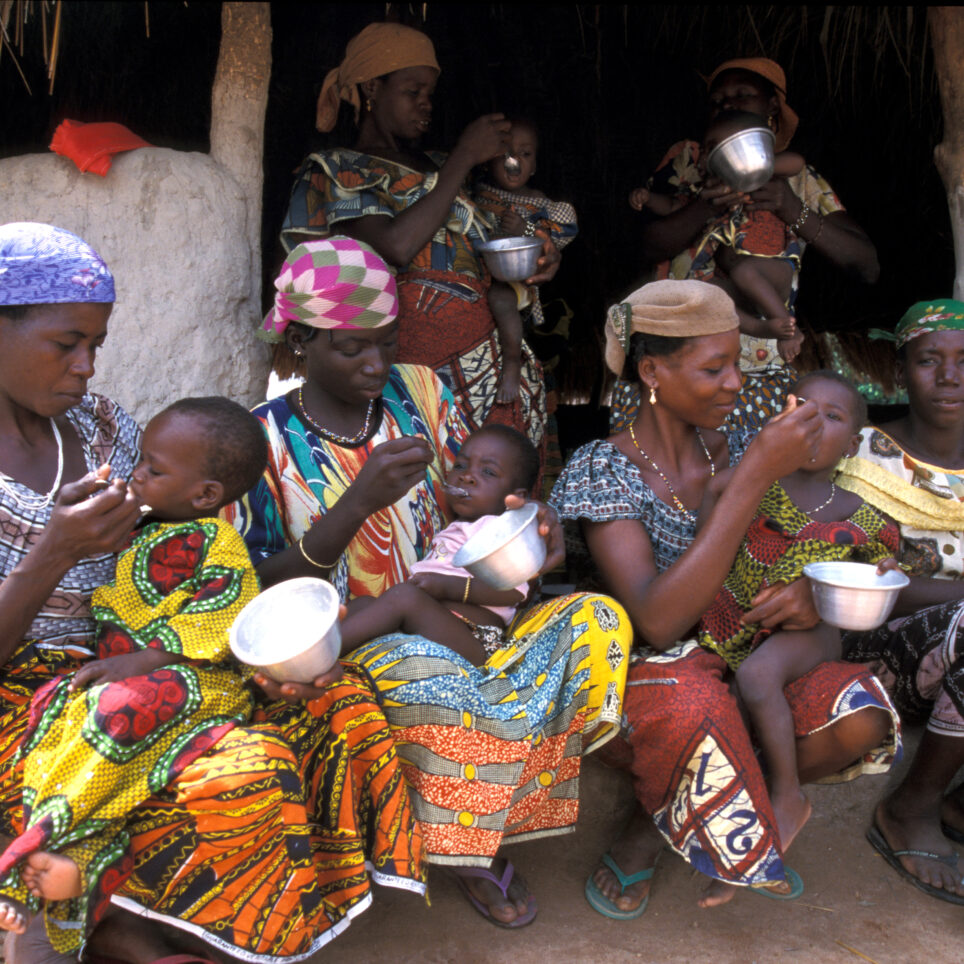DO YOU KNOW HOW YOU’LL SOLVE THIS PROBLEM?
Outcome-oriented methods encourage humanitarians to be clear on the protection outcomes we are trying to achieve, to have a theory about how to achieve those outcomes, and to plot a course of action toward them.
Outcome-oriented methods prompt us to keep learning, adapting, and enhancing our response in light of new learning and changes in the context.

HOW you can do it Expand All
Avoid implementing pre-determined activities and instead design programs aimed at achieving measurable outcomes. Ensure monitoring, evaluation, accountability, and learning (MEAL) programs actively promote learning and measure outcomes, not just outputs.
When designing a response, use a context-specific protection analysis to identify the desired protection outcomes.
Importantly, program design should be focused on the affected communities whose lives and futures are impacted by protection risks. Their experiences and perspectives are central and should shape the design process.
Include MEAL and engage MEAL specialists at the earliest stages of response design and strategy development. Break down the silos between MEAL staff and program teams to ensure they work together throughout the response.
Develop a theory of change about how you will achieve desired outcomes, including the pathways and milestones between the current protection risks and the desired outcome of reduced risk. This may include changes in behavior, attitudes, policies, knowledge, and practices that need to occur to achieve the desired outcomes in that specific context.
Track progress and use this information and continuous context-specific protection analysis to inform decision making, including adjustments to programs. MEAL activities should capture and communicate learning in a timely way to inform decision making and program adjustment.
Ensure reflectivity, flexibility, and adaptability in programming. Base this on regular reflection on and review of the effectiveness of interventions. Consider whether, how, and why change is happening as you thought it would and how shifts in the external environment might have affected the change.
Promote learning, reflection, and program adaptation in regular team and cross-team meetings and discussions. Include the details of those discussions in regular internal reports, or ensure MEAL approaches capture and communicate this information.
Refine and adapt initial or interim strategies that may be based on early information and rapid or limited protection analysis. Similarly, review and refine early protection analyses and the theory of change that underpins them as more information becomes available.
WHAT YOU NEED TO DO IT
- Ensure a common understanding in your own organization and among collaborating stakeholders of the desired protection outcome, and the role of each organization in achieving it.
- Facilitate efficient two-way information flows between decision makers and frontline staff. Consider formal and informal and written and verbal communication mechanisms.
- Build and strengthen internal mechanisms, policies and resources that support and enable flexibility and adaptability in programming.
- Build linkages across disciplines within your organization, and with other relevant organizations and stakeholders.
- Establish ‘fit for purpose’ protection information management systems to support ongoing analysis, reflection, learning, and adaptation.
- Cultivate reflective, evaluative, and problem-solving mindsets among staff, and create opportunities for staff to regularly reflect on the effectiveness of actions to reduce protection risks.
- Work towards donor mechanisms that enable flexibility and adaptability within a program or project.
Download the latest handout on the key element
DOWNLOAD| Title of File | Language | |
|---|---|---|
| Métodos Orientados a Resultados | Spanish | Download |
| Méthodes axées sur les résultats | French | Download |
| الحماية القائمة على النتائج: دليل الميسر ومواد التدريب | Arabic | Download |
Resources that support Outcome-Oriented Methods

2021 ANNUAL RBP BRIEFING PAPER – MEASURING PROTECTION OUTCOMES: EMERGING EFFORTS AND NEW OPPORTUNITIES
Learn More
USING RESULTS JOURNALS TO MEASURE BEHAVIOR CHANGE OF ARMED GROUPS IN MAIDUGURI, NIGERIA: EXPLORING THE USE OF OUTCOME-ORIENTED METHODS WITH CIVIC
Learn More
